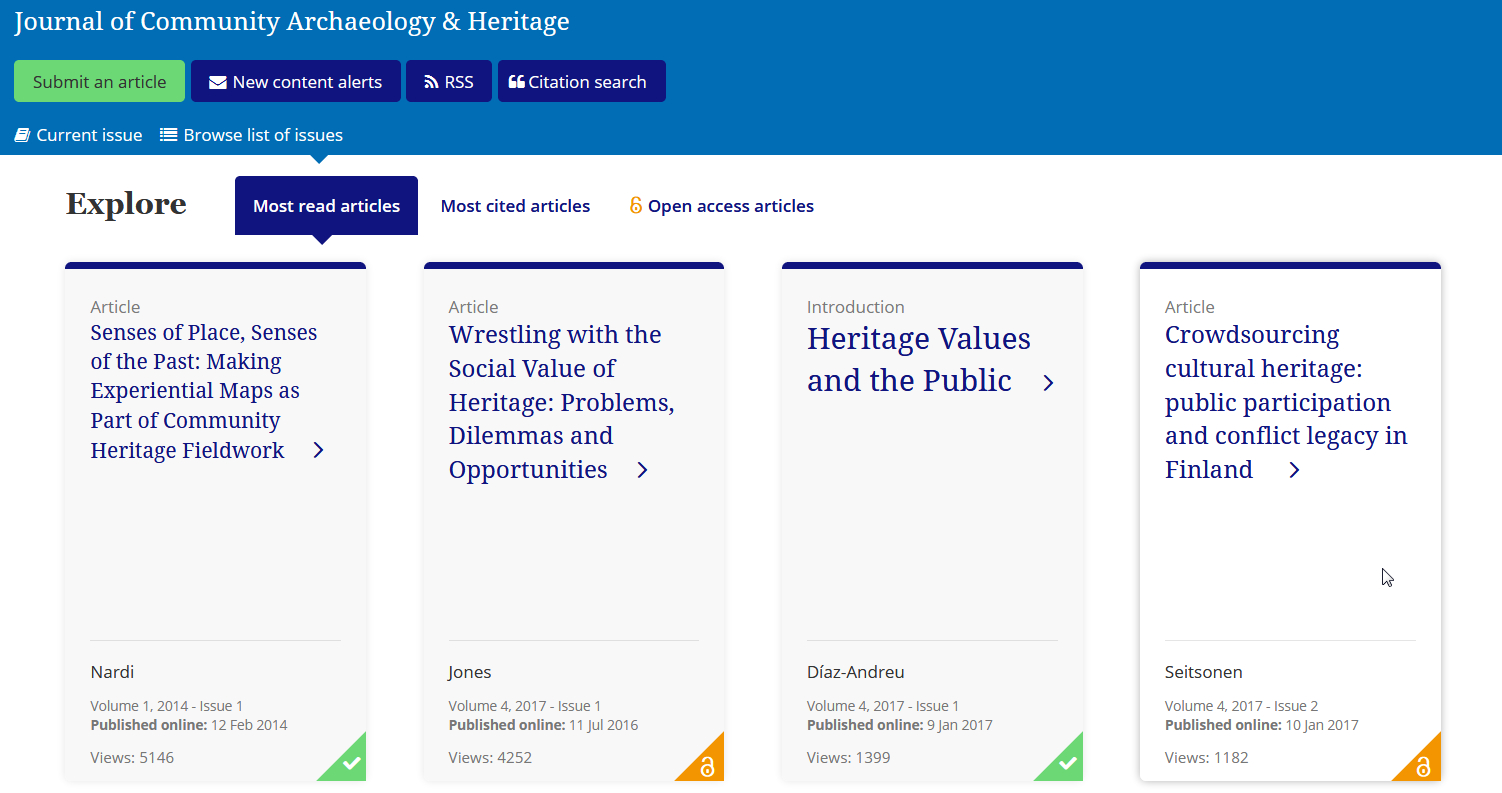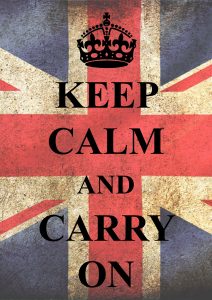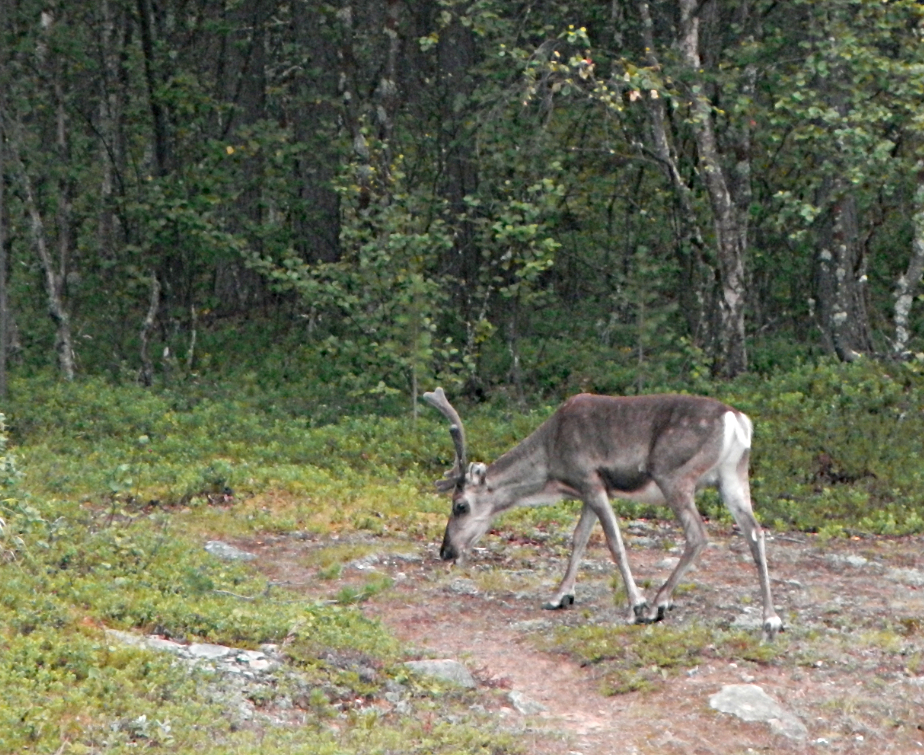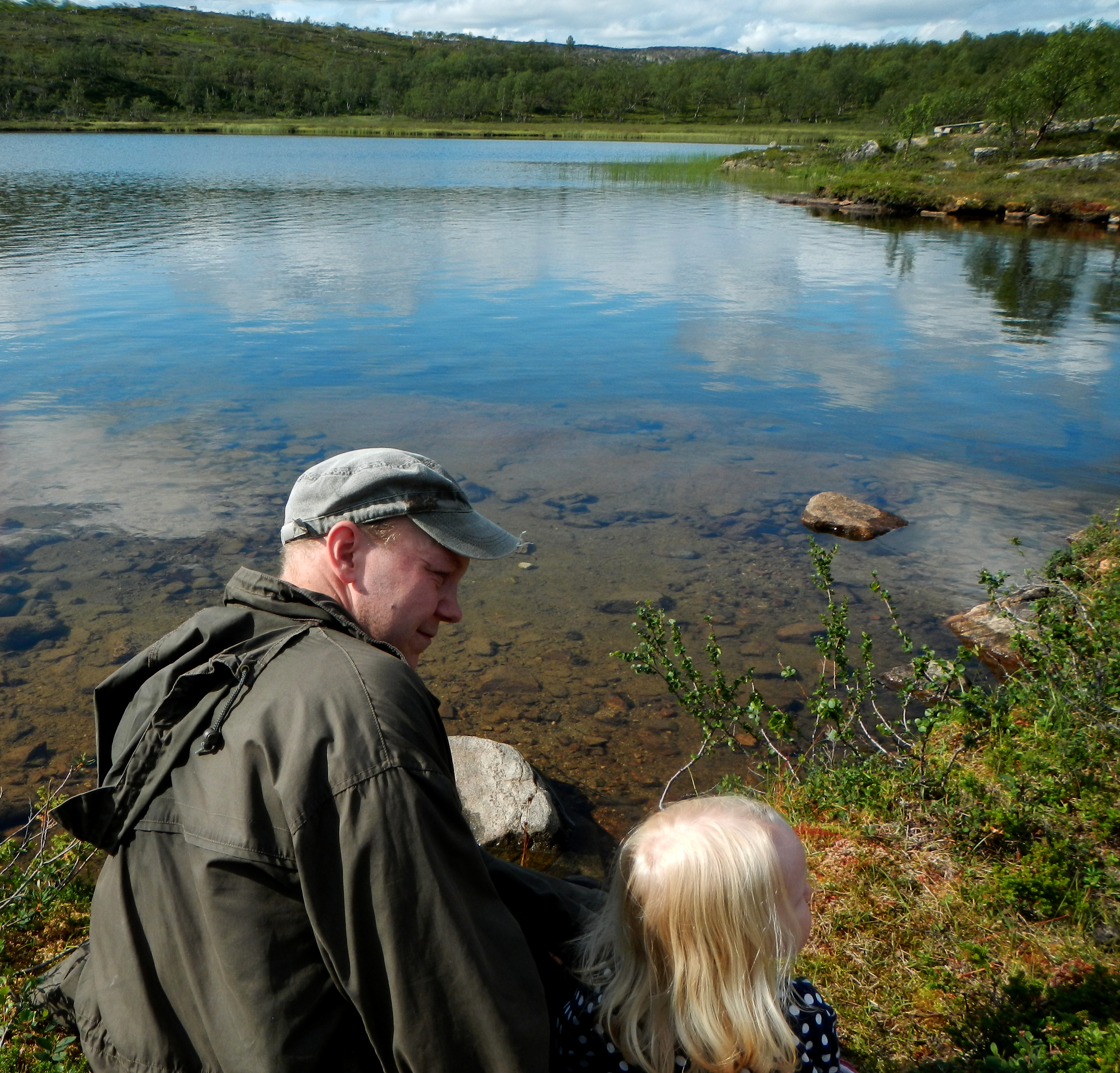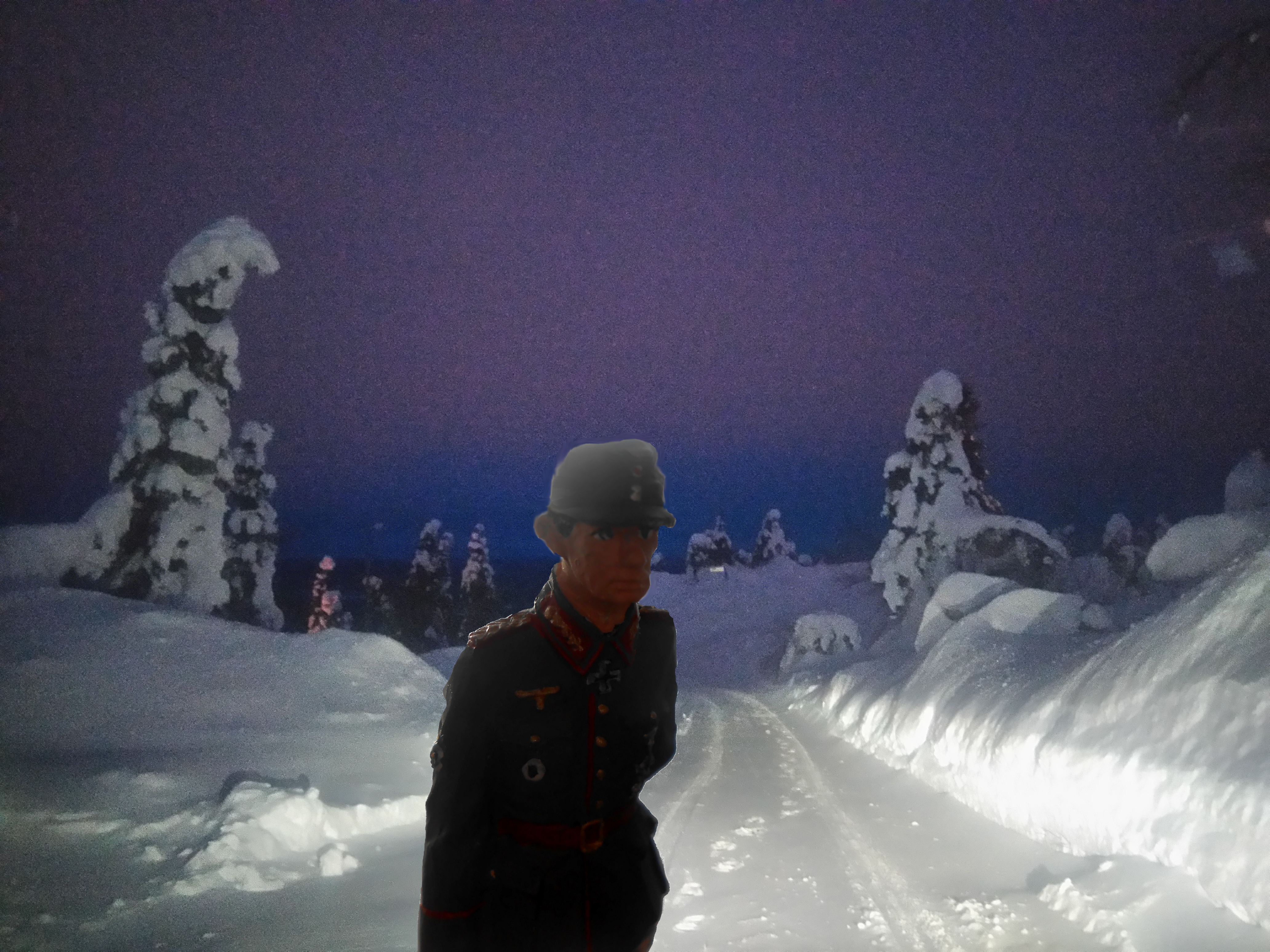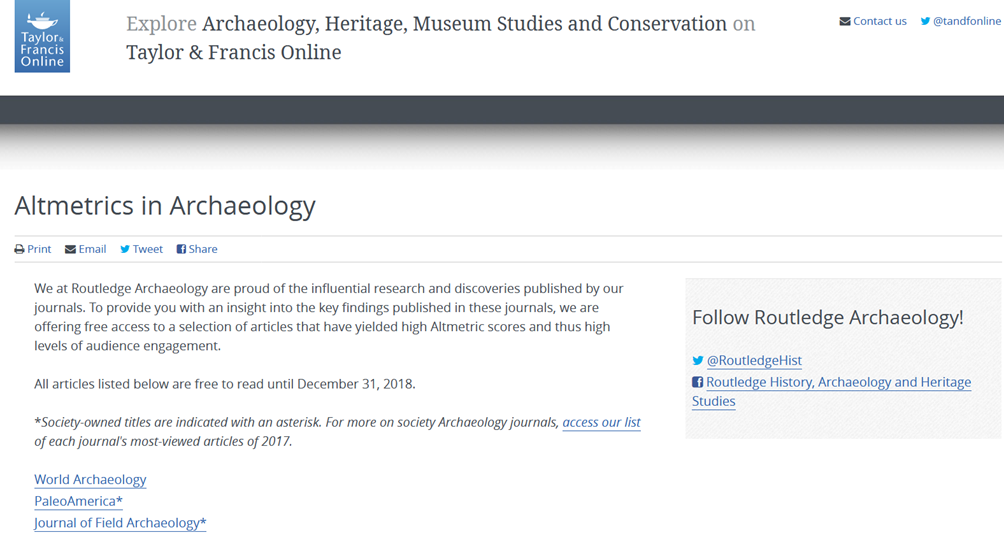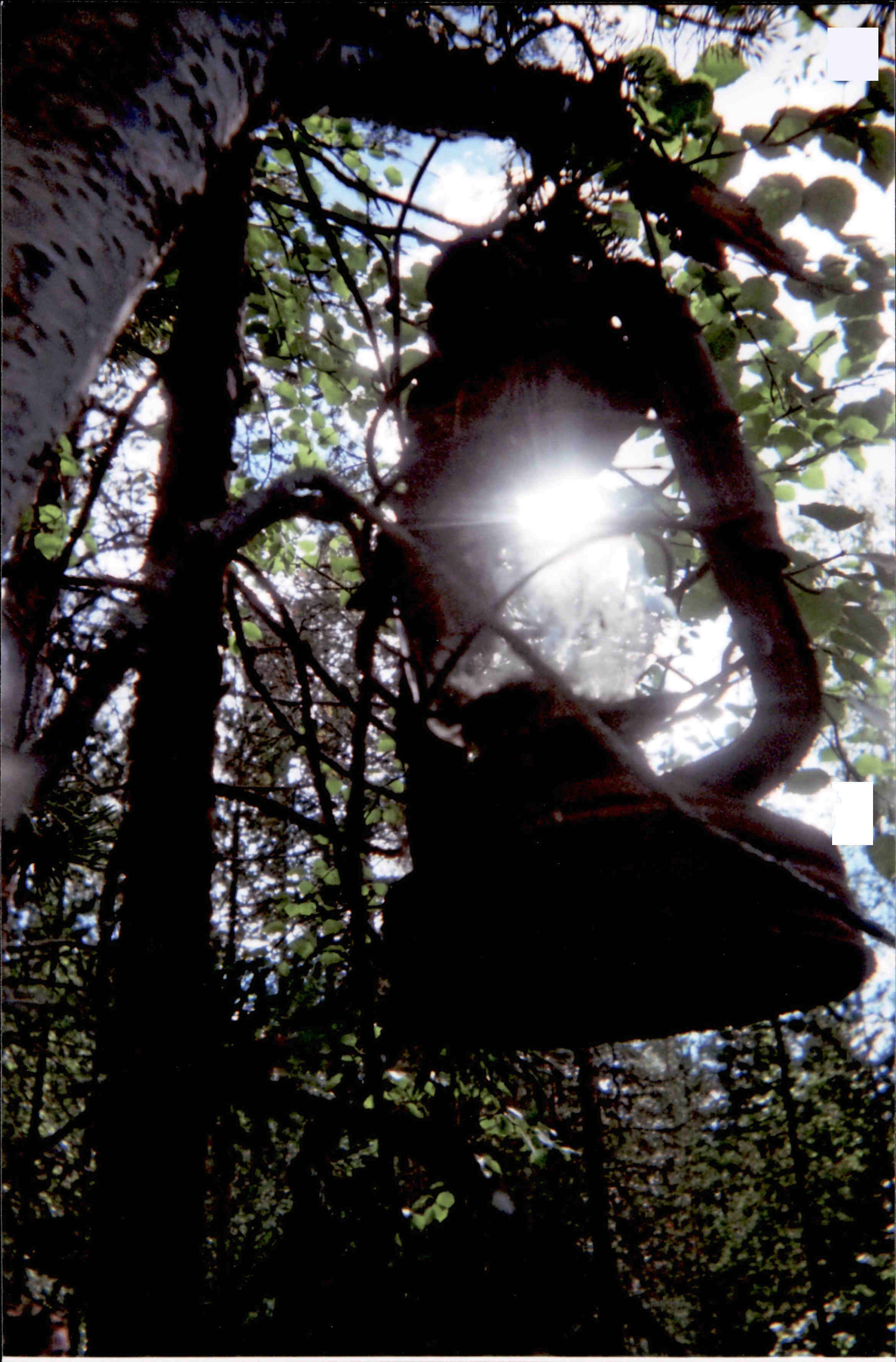Oula Seitsonen has just finished his PhD thesis on Lapland’s Dark Heritage: “Digging Hitler’s Arctic War: Archaeologies and Heritage of the Second World War German military presence in Finnish Lapland“.
His public defence will be on March 2nd 2018 at the University main building, Auditorium XV. Professor Paul Mullins from Department of Anthropology, Indiana University-Purdue University, Indianapolis (IUPUI), will serve as the opponent, and Professor of Cultural Heritage Studies Suzie Thomas as the custos.

Box of books.
Abstract / tiivistelmä:
This dissertation discusses the material heritage of the German military presence in Finnish Lapland during the Second World War (WWII), as seen through archaeological and multidisciplinary studies. The Nazi German presence as brothers-in-arms in northern Finland has been a difficult and downplayed issue on multiple levels throughout the post-war decades. This study presents the first wider, problem-oriented and theoretically informed investigation about the archaeologies, materialities and heritage of the German WWII presence. However, even this work barely scratches the surface of this multifaceted subject and sets out future research directions. The experience of WWII in Lapland was different from the war experience elsewhere in Finland. The German troops had the frontal responsibility in Lapland in 1941–1944, and at the height of their military build-up there were more German troops and their multinational prisoners in the area than local inhabitants. After Finland made a cease-fire with the Soviet Union in 1944, a Finno-German Lapland War (1944–1945) broke out between the former brothers-in-arms. Due to the long nation-level downplay of the complex German presence, also the northern Finnish and Sámi war experiences have become side-lined. Accordingly, the German material remains have been treated dismissively as “war junk” littering Lapland’s nature. However, for the locals these were well-known throughout the post-war decades, as active material agents of communal and familial memories, and as part of Lapland’s cultural landscapes. This dissertation has two main focuses. Firstly, I study the Germans’ and their prisoners’ experiences in Lapland during the war through the material remains and archaeological inquiries, and secondly, the ways in which the different stakeholders have signified the traces of war in the post-war decades. The material traces illustrate and highlight in many ways the experiential aspects of the German soldiers’ and their prisoners’ wartime existence in an unfamiliar northern environment. The post-war perceptions of the German material remains underline the social value of these as part of the local long-term heritage and lived-in cultural landscape. Many locals see themselves as custodians of their “own past”, including the WWII legacy, wish to control access and engagement with the sites in their local landscape, and often feel that the authorities neglect their heritage. Thus, the traces of German presence have become one symbol of the continuing north-south confrontations, and the marginalization of the north. These issues tie in with Lapland’s long colonial history. The vast differences in engaging with the German WWII material remains appear to derive from fundamentally different mental templates with which the people perceive the subject and its importance. The people propagating the “clearing” of “war junk” appear to approach the subject, and the landscape, with a “western” gaze, and draw a division between “nature” and “culture” which labels the locals’ historical cultural landscape as a natural wilderness. Conversely, in the northern environmental awareness it is not meaningful to separate “nature” and “culture”, and instead, the landscape and its various layers form a web of relations, which tie together the past, present and future into a cognitively controlled and embodied unity. It appears that the different stakeholders should come to recognize and accept the differing standpoints from which they engage into the discussions, before a fruitful dialogue can be instigated.
Tämä väitöskirja käsittelee arkeologisten ja monitieteisten tutkimusten kautta saksalaisten toisen maailmansodan aikaisen sotilaallisen läsnäolon materiaalista kulttuuriperintöä Suomen Lapissa. Natsisaksan joukkojen läsnäolo aseveljinä Pohjois-Suomessa on ollut sodanjälkeisinä vuosikymmeninä vaikea ja vähätelty aihe. Tämä työ on ensimmäinen laaja-alainen, teoreettisesti suuntautunut tutkimus saksalaisjoukkojen materiaalisten jäänteiden arkeologiasta, materiaalisuudesta ja perinnöstä Suomen Lapissa. Tämäkin tutkimus kuitenkin raaputtaa vain hieman tämän monikerroksisen aiheen pintaa ja tarjoaa tulevia tutkimussuuntia. Toisen maailmansodan kokemukset Lapissa erosivat merkittävästi muusta maasta. Saksalaisjoukoilla oli rintamavastuu pohjoisessa 1941–1944 ja enimmillään alueella oli enemmän saksalaisjoukkoja ja heidän monikansallisia vankejaan kuin paikallista väestöä. Suomen tehtyä tulitauon Neuvostoliiton kanssa 1944, entisten liittolaisten välille puhkesi Lapin sota (1944–1945). Koska saksalaisten läsnäoloa on pitkään vältelty kansallisella tasolla, myös pohjoissuomalainen ja saamelainen sotakokemus on jäänyt syrjään. Vastaavasti saksalaisten materiaaliset jäänteitä on usein vähättelevästi nimetty ”sotaromuksi”, joka sotkee Lapin luonnon. Paikallisille nämä jäänteet ovat kuitenkin olleet tunnettuja ja tärkeitä läpi vuosikymmenien osana paikallista kulttuurimaisemaa sekä yhteisöllisten ja yksilöllisten muistojen aktiivisina materiaalisina ilmentyminä. Tällä työllä on kaksi päätarkoitusta. Ensinnäkin tutkin saksalaisten ja heidän vankiensa sodan aikaisia kokemuksia Lapissa materiaalisten jäänteiden ja arkeologisen tutkimuksen avulla. Toisekseen selvitän tapoja, joilla eri yhteisöt ovat merkityksellistäneet näitä jälkiä sodan jälkeen. Materiaaliset jäänteet heijastelevat monilla tavoin saksalaisten ja heidän vankiensa sotakokemuksia vieraassa pohjoisessa ympäristössä. Sodanjälkeiset näkemykset saksalaisjäänteiden merkityksestä alleviivaavat niiden sosiaalista arvoa osana paikallista pitkän aikavälin kulttuuriperintöä ja –maisemaa. Monet paikalliset näkevät itsensä ”oman menneisyytensä” vartijoina ja toivovat voivansa valvoa ulkopuolisten toimintaa sota-aikaisilla kohteilla. Lisäksi he usein kokevat, että viranomaiset ylenkatsovat heidän kulttuuriperintöänsä. Tämän johdosta saksalaisten jäljet maisemassa ovat muodostuneet myös nykyisen Pohjois- ja Etelä-Suomen vastakkainasettelun sekä pohjoisen marginalisoinnin symboleiksi. Nämä näkemykset heijastelevat myös Lapin pitkää kolonialistista historiaa. Erilaiset tavat lähestyä saksalaisten toisen maailmansodan jäänteitä vaikuttavat olevan lähtöisin perustavanlaatuisista eroista maailmankatsomuksessa ja tavassa tulkita maisemaa. ”Sotaromun puhdistamista” kannattavat henkilöt näyttävät lähestyvän aihetta ”länsimaisella” katseella, joka vetää rajan ”luonnon” ja ”kulttuurin” välille. Tämä leimaa samalla paikallisten historiallisen kulttuurimaiseman tyhjäksi, luonnolliseksi erämaaksi. Toisaalta pohjoisessa ympäristötietoisuudessa ei ole mielekästä erotella “luontoa” ja “kulttuuria”. Sen sijaan maisema ja sen eri kerrostumat muodostavat kognitiivisesti kontrolloitujen ja kehollistuneiden suhteiden kokonaisuuden, joka sitoo yhteen menneen, nykyisen ja tulevan. Eri toimijoiden tulisikin tiedostaa ja hyväksyä toistensa eroavat lähtökohdat, ennen kuin he pystyvät rakentavaan keskusteluun aiheesta.


